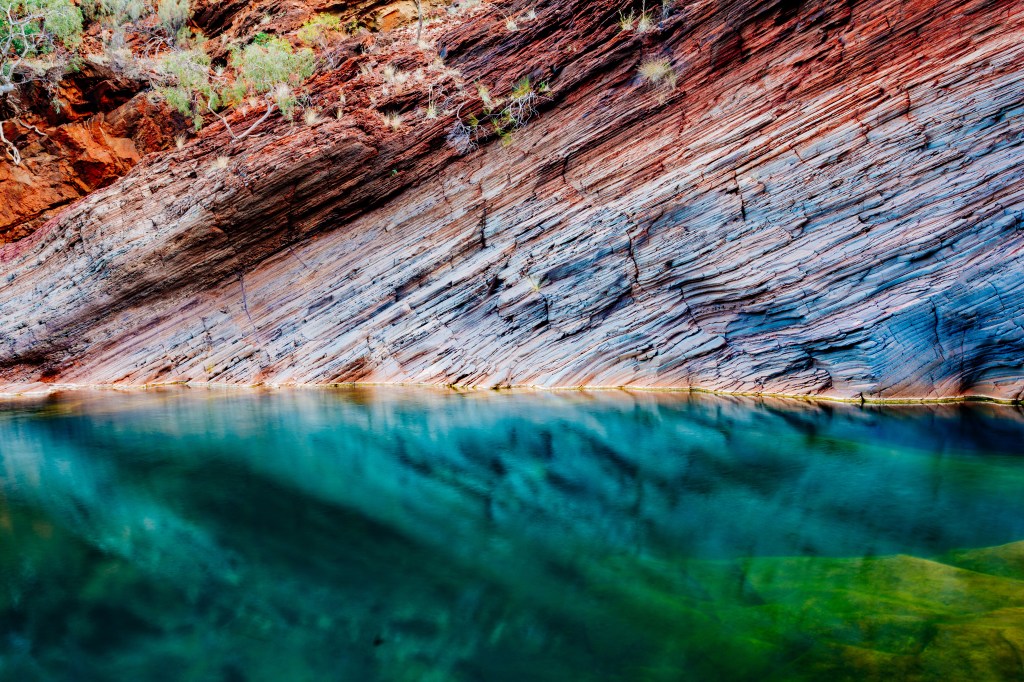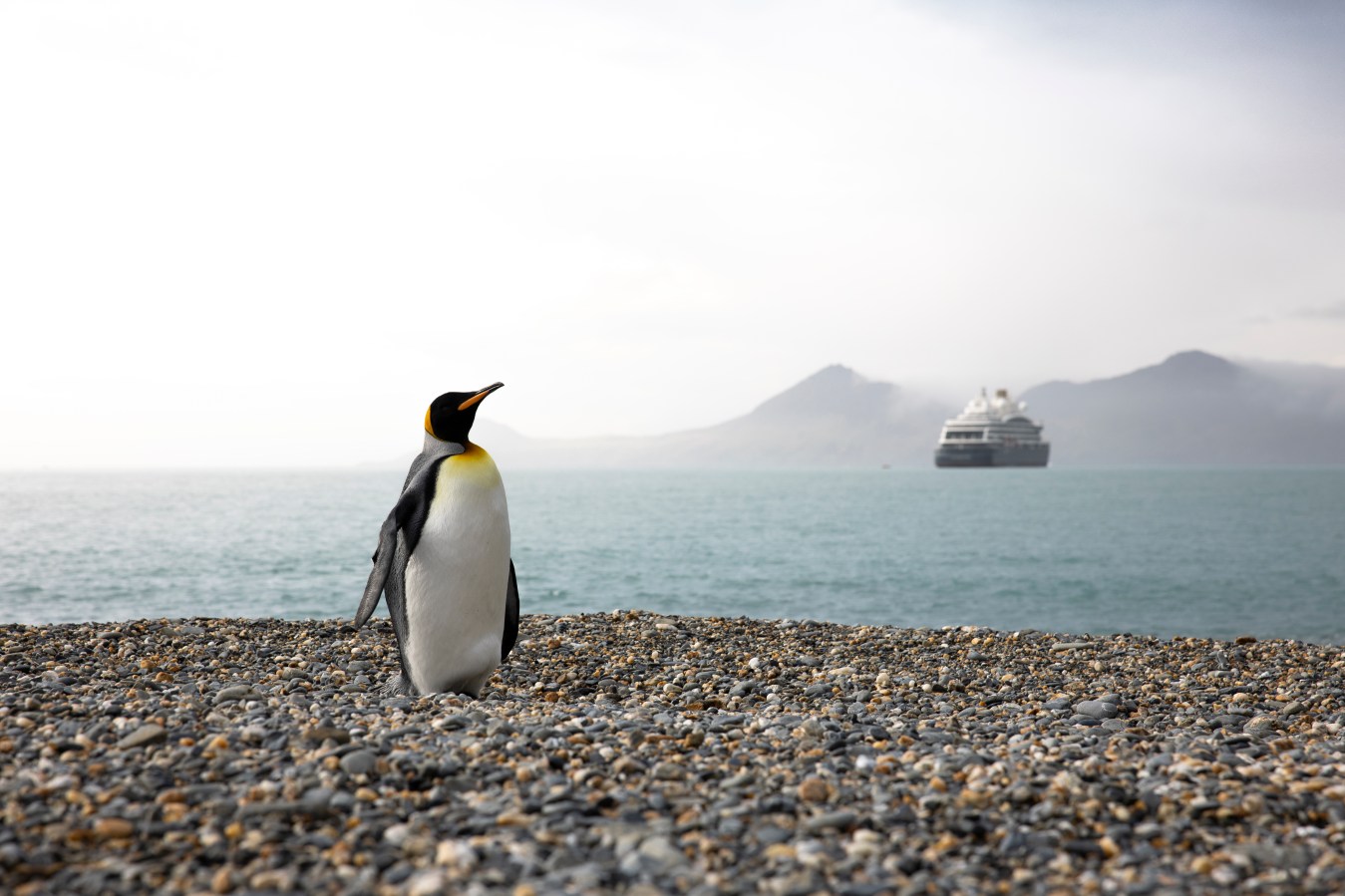Australia is home to an extraordinary share of Earth’s biodiversity. Of the 600,000 to 700,000 native species found across the continent and surrounding seas, around 85% of plant species and 50% of marsupials exist nowhere else on Earth.

Yet even in this cradle of endemic life, one region stands apart, both for its diversity and its age.
Stretching across a little over 500,000 square kilometers of Western Australia, the Pilbara is one of the world’s oldest geological formations. Its red rock ranges and fossil-laden gorges preserve a record that dates back more than 3.6 billion years, well before tectonic plates began to shape continents.
Beneath its rugged surface lie the stromatolite fossils of ancient microbial life, among the earliest signs of biology on Earth. And above ground, its arid ranges and braided river systems continue to shelter a rich array of native species that have adapted to extremes over millions of years.
The Pilbara Was Formed Well Before Tectonic Plates Began To Shift
Long before Earth’s surface fractured into tectonic plates, the Pilbara was already here — rising and reorganizing under conditions unlike anything seen today. Dating back more than 3.6 billion years, this region contains some of the oldest stable crust on the planet, according to an April 2018 study published in Nature Geoscience.
This impressive foundation was built through a process called gravitational overturn, a slow-motion geological ballet that predates plate tectonics by hundreds of millions of years. In the superheated early Earth, a dense crust of basaltic rock formed over even hotter mantle. Over time, lighter, silica-rich granitic material melted and rose, forming bubbles that pushed upward through the heavier rock.
These buoyant domes of felsic magma, now seen as Pilbara’s distinctive granite formations, were squeezed upward while denser mafic rocks sank like curtains around them. This instability was Earth’s first form of crustal reorganization.
Geological records from the East Pilbara Terrane show that these overturn events began as early as 3.6 billion years ago, with the last major episode wrapping up around 3.41 billion years ago. That’s nearly 300 million years before tectonic plates started shifting around the globe.
The Pilbara Still Holds The Early Ingredients Of Life
In the remote heart of Western Australia’s Pilbara Craton, time runs deeper than anywhere else on Earth. Here, 3.5-billion-year-old stromatolite fossils, which are among the oldest known signs of life, preserve the story of life’s emergence along with the chemical choreography that made it all possible.
Stromatolites are layered biochemical monuments created by photosynthetic cyanobacteria that once dominated Earth’s shallow seas. By converting sunlight and carbon dioxide into energy, they began releasing oxygen as a byproduct, slowly transforming the planet’s early, toxic atmosphere.
This oxygenation event, though gradual, set the stage for multicellular life.
In the Pilbara, nearly 3.5 billion-year-old fossil stromatolites can be found embedded in rock outcrops at places like the North Pole Dome, where ancient hot spring deposits still bear the wrinkled textures and microbial fabrics of Earth’s earliest ecosystems. The site even preserves biosignatures of early terrestrial life, including microbial mats and bubble-like structures formed by gas trapped in microbial exudates.
Stromatolites continue to survive today in hypersaline lagoons and isolated lakes across Western Australia, offering a rare glimpse into the mechanisms that once built and breathed life into our world.
Today, The Pilbara Is Home To Thousands Of Native Species
If the ancient rocks of the Pilbara speak to the planet’s beginnings, its living residents tell a more recent story of resilience. This remote and rugged region now supports one of the most unique biodiversity profiles on the continent with species that exist nowhere else on Earth.
At least 1,100 native plant species thrive here, including the rare Millstream fan-palm and the Paraburdoo heath. Arid uplands and ephemeral wetlands host an exceptional array of life, from 13 species of frogs and more than 140 reptiles to 325 bird species like mulga parrots and nankeen kestrels.
Today, 23 bat species and the elusive Pilbara ningaui, a tiny marsupial predator, still persist. Underground, the region’s aquifers are home to more than 3,000 invertebrate species, 90% of which are found only here.

The Pilbara’s modern ecological wealth is a product of its ancient geological past and geographic isolation. But that uniqueness is fragile. Mining, feral animals and shifting fire regimes continue to shape its future. And yet, within Karijini’s deep gorges or beneath spinifex-covered hills, the Pilbara endures as both a living archive of Earth’s beginnings and a testament to life’s ability to adapt, persist and surprise.
Places like the Pilbara reflect nature’s ability to persist in the most extraordinary of conditions, supporting a biodiversity not seen anywhere else on earth. Do stories like these bring you closer to the natural world? Take a 2-minute test to see where you stand on the Connectedness to Nature Scale.


